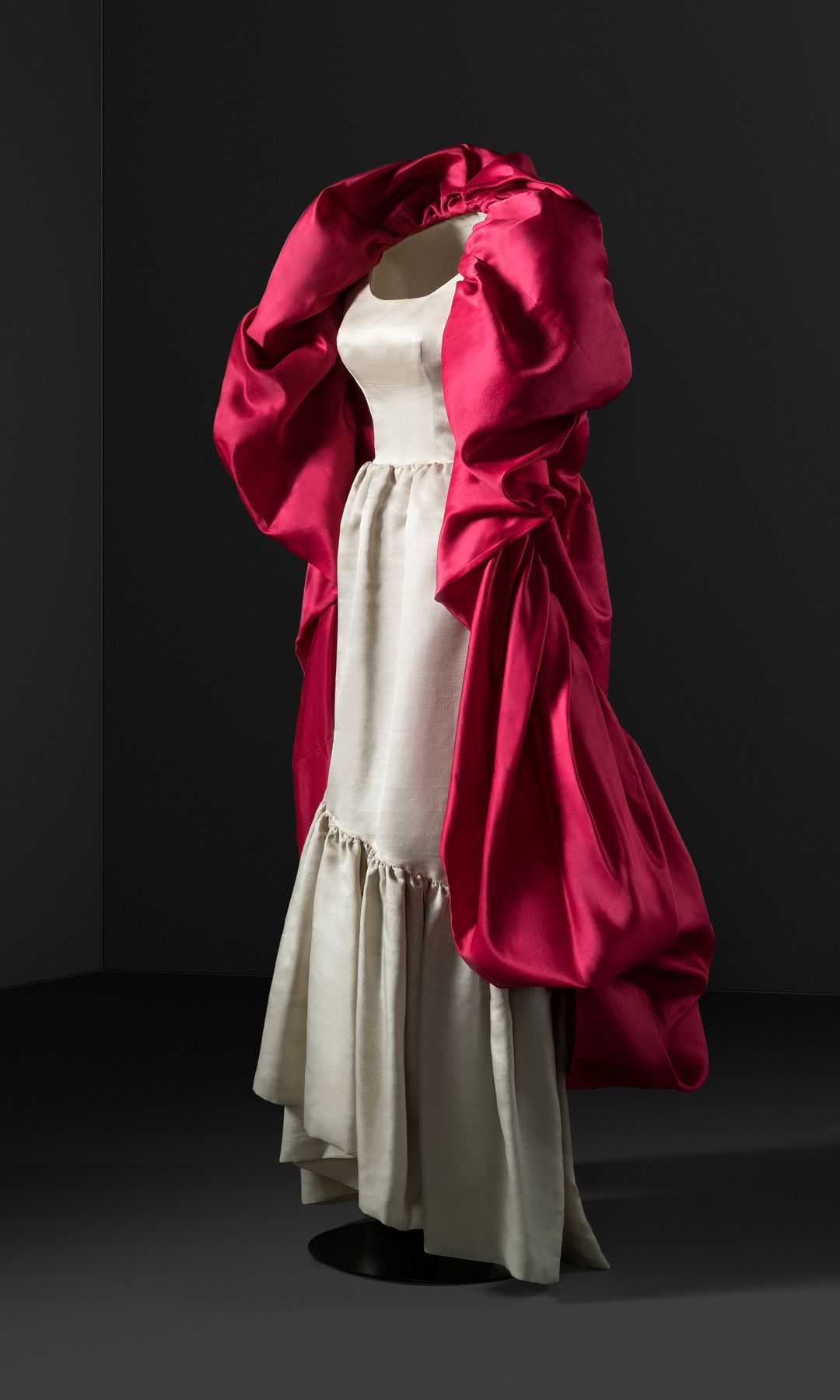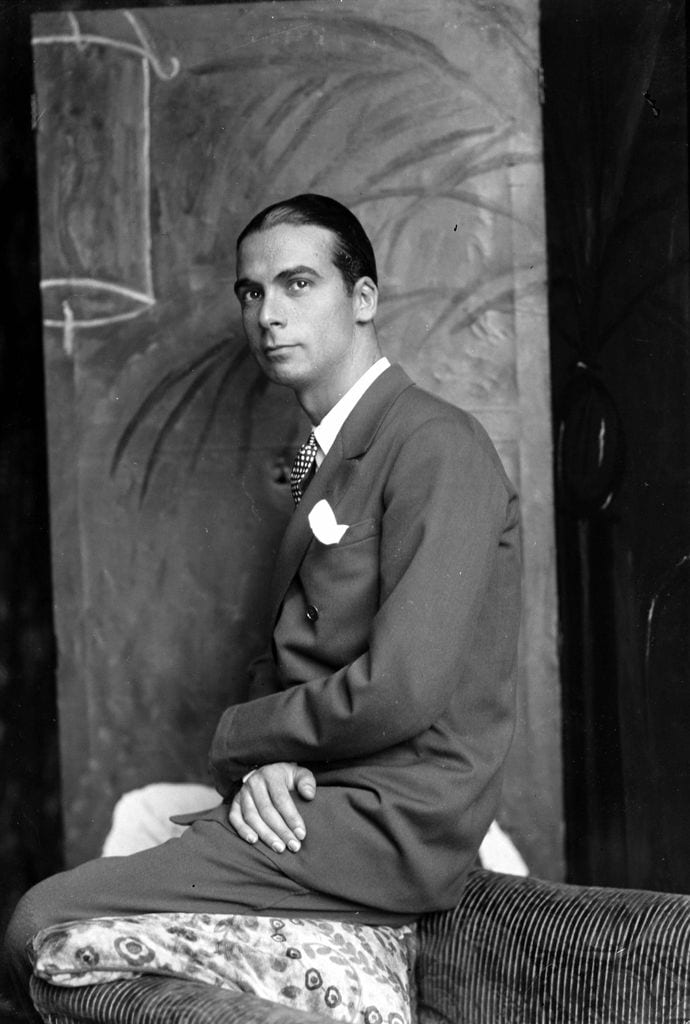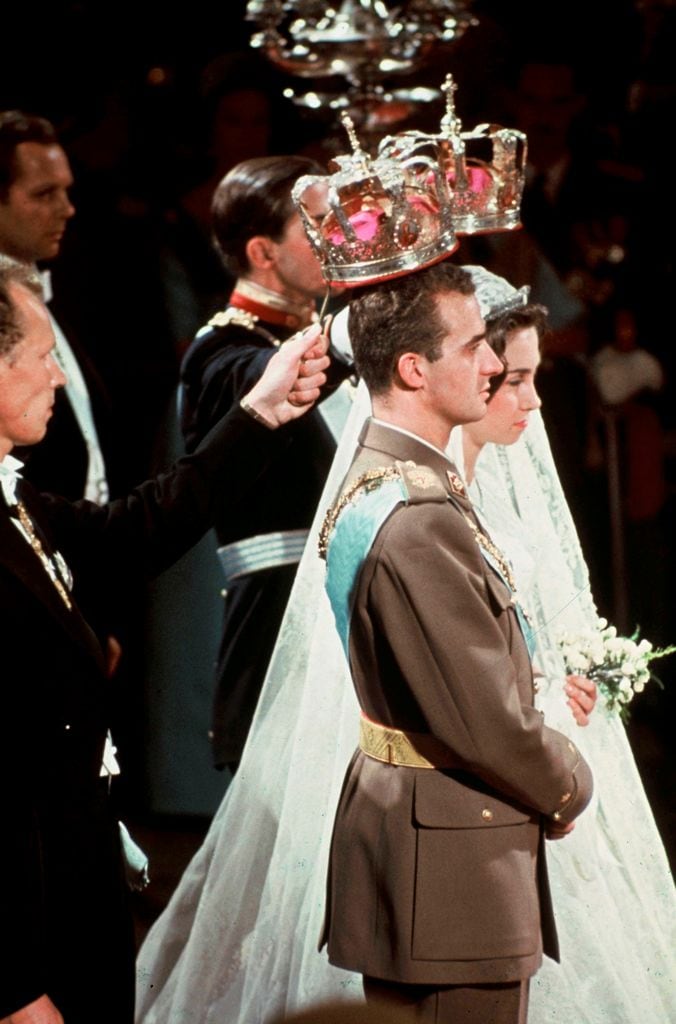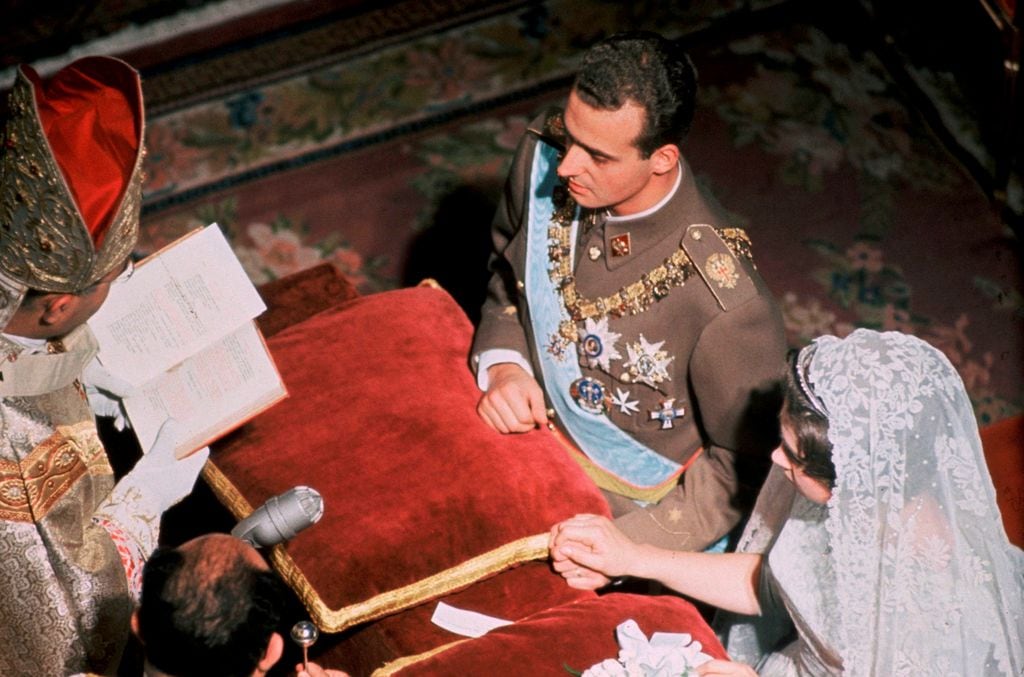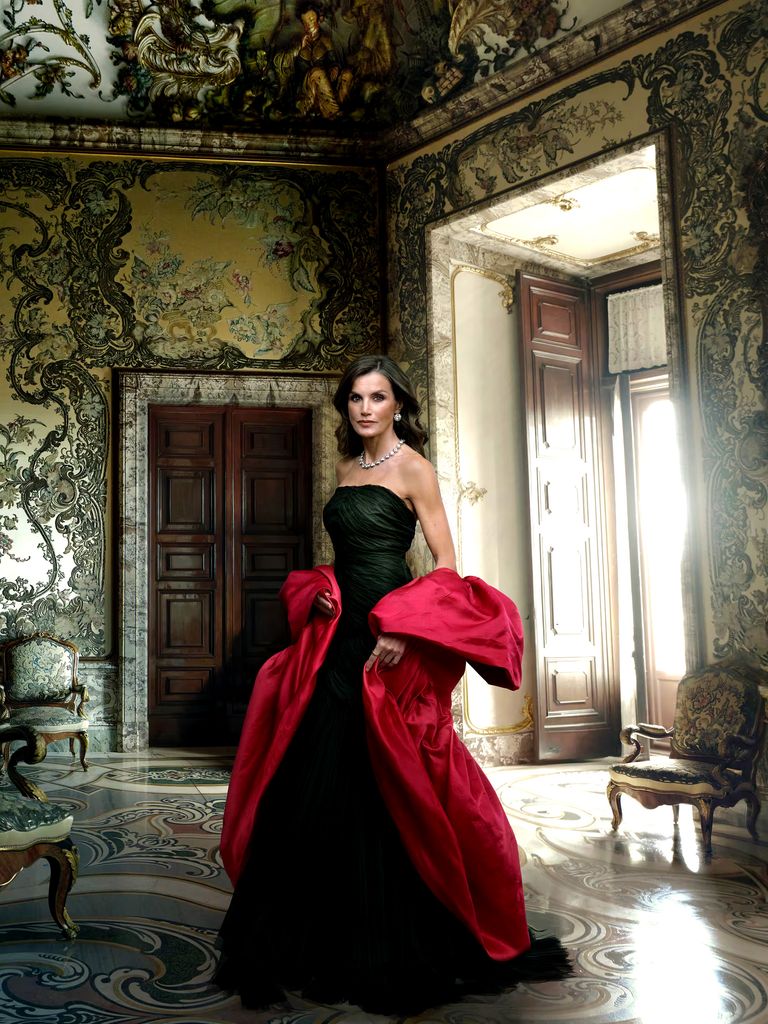They are two portraits for history and this Tuesday They have seen the light, those in which Felipe VI and Doña Letizia star under the prism of the prestigious American photographer Annie Leibovitz. Commissioned to the artist by the Bank of Spain, it is time to thoroughly analyze all the details of the work, such as the origin of the spectacular styling that the Queen wears and that was made by the universal fashion genius Cristóbal Balenciaga.
On the one hand there is the imposing black dress in silk tulle, and on the other the beautiful pink gala cape, two garments that have been loaned to the monarch’s wife by the Fundació Antoni de Montpalau. They were donated to this organization by the relatives of two different women, who were once the owners of said unique pieces made by the Basque designer.
They were the prominent art collector and restorer Maria Junyent i Quinquer, owner of the suit that was made in 1948; and the aristocrat Maria del Carmen Ferrer-Cajigal, countess of Torroella de Montgrí and marchioness of Robert, who commissioned the cape in 1962 to attend as a guest the wedding of kings Juan Carlos and Sofia held that year in Athens. We delve into the figure and legacy of each one of them.
Maria Junyent i Quinquer, prominent collector and restorer with a great passion for dolls
He lived for almost a hundred years, from 1904-2001, with a legacy that endures in the history of collecting and restoration in Catalonia. Born in Barcelona, she was the daughter of the painter Sebastià Junyent i Sans (1865 – 1908) and Paulina Quinquer, and sister of Albert, Montserrat and Adelina. From an early age, he showed interest in culture and his paternal uncle, Oleguer Junyent, also influenced his training.
He specialized in the collection of dolls and automatons, amassing one of the most important collections of his time. In addition, he worked as a theatrical costume designer, designing costumes for various productions, and dedicated himself to the restoration of works of art, contributing to the preservation of Catalan cultural heritage. This is how it is collected at work Maria Junyent, woman and collector, by Alba Prim García (Academia.edu).
He put together a collection of more than two hundred antique dolls, which are entirely preserved in the possession of his descendants. With his uncle he collaborated as a set design assistant and, especially, in the restoration of medieval altarpieces and sculptures. His main field of interest, however, was historical clothing. During the 1920s, Maria Junyent was awarded in several editions of the famous costume balls of the Artistic Circle.
However, the most ambitious projects he carried out in the field of costume design took place around the company L’Alegria que Torna and the Barcelona Dramatic Group. During that period, she participated in the popular toy exhibition that the Friends of the Museums association organized at the Palacio de la Virreina in 1954. At that time she already had one of the most relevant collections of dolls in Barcelona.
The development of the antiques market during the post-war years determined that Maria Junyent’s collection was expanded again. The most notable aspect of this period is the collector’s interest in a new typology that defines the third branch of the collection: the automaton, generally French, from the second half of the 19th century.
As for the most notable pieces of the collection, several examples from the German firm Kämmer & Reinhardt stand out, as well as other models, made of porcelain or celluloid, of the so-called character dolls. On the other hand, we also find an interesting sample of pieces from the Art Deco era: from the mannequins of Lafitte et Désirat to the cloth dolls of Lenci or Rubio.
The interior designer Oleguer Armengol, son of Maria Junyent, later fitted out the family’s old studio to house the doll collection. This was the gift that Maria Junyent received on her ninetieth anniversary, and it currently remains open to the public, as stated on the Institut d’Estudis Catalans website. In the 60s, Maria Junyent and her family lived near the workshop of Cristóbal Balenciaga, from whom they commissioned the dress for her. Many years later, Oleguer Armengol donated the garment to the Fundació Antoni de Montpala, the same piece that Queen Letizia has now worn for the portrait of Annie Leibovitz.

